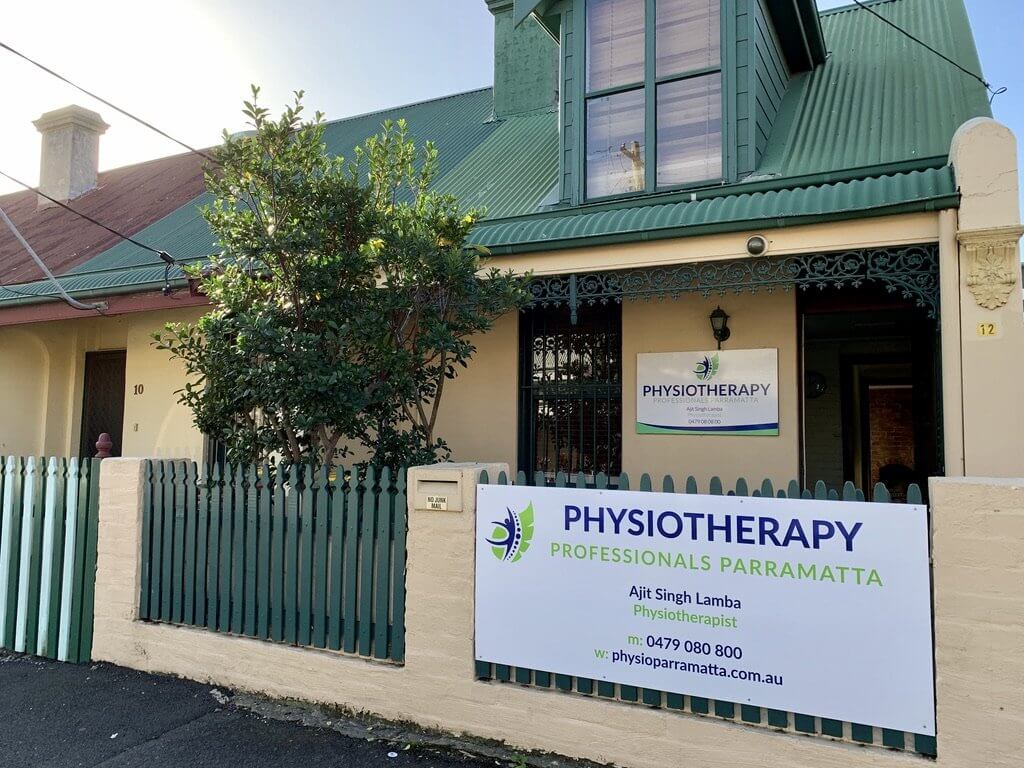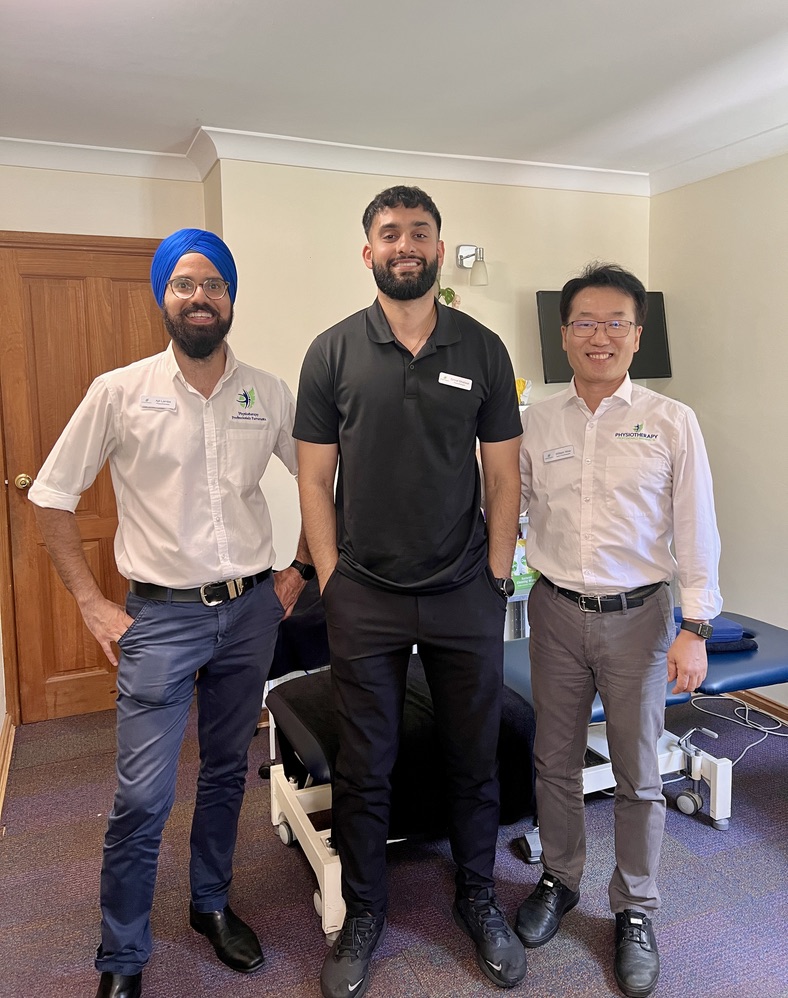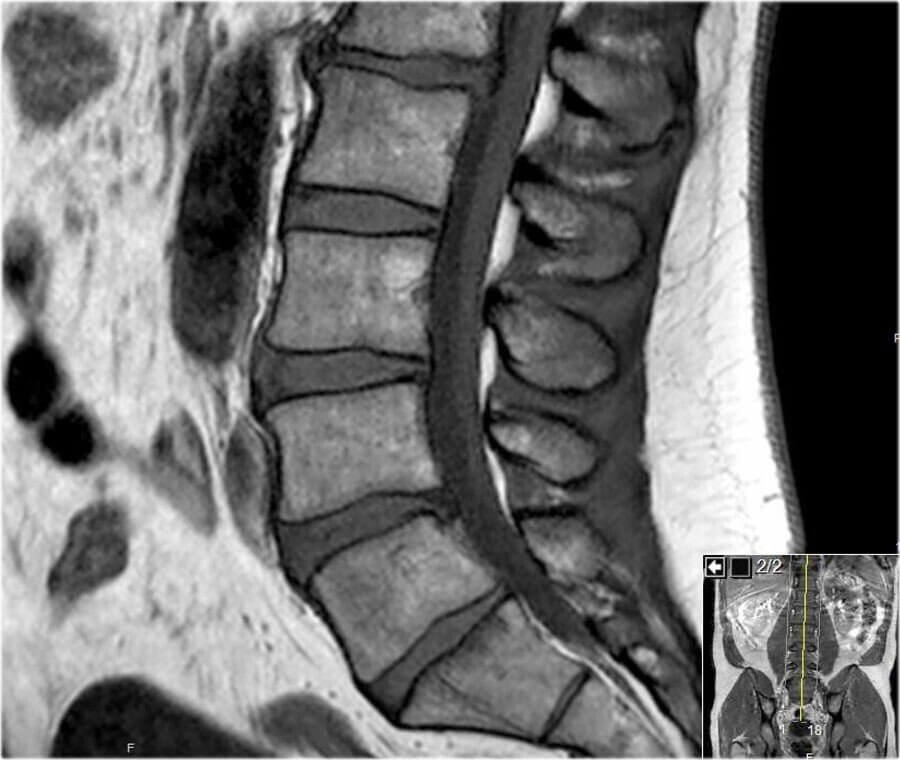
Sciatica Treatment
Sciatica is a widely used term that is not properly understood. The term sciatica refers to a nerve which causes pain when compressed. The pain is felt in the area supplied by the sciatic nerve. By assessing for the cause of the pain, appropriate treatment strategies can be determined that will effectively manage and alleviate this nerve pain.
The symptoms of “sciatica” will be felt along the course of the nerve, commonly the lower back, buttocks, the outside or behind the thigh or leg, and also possibly the outside border of foot and heel. As nerve pain, it can ache, burn, tingle, or feel like an electric jolt. It can also be linked with changes in sensation such as numbness and tingling, and/or weakness of the muscles supplied by the affected nerve.
The symptoms of “sciatica” usually have their cause in the lower back when there is irritation of the nerve roots where they travel between the lumbar vertebrae. Most commonly this occurs on one side of spine therefore usually, and thankfully, affecting only one leg.
You can go to your GP for a diagnosis. Which is often followed by pain killers for pain relief and a scan such as CT or MRI which may confirm your diagnosis. Problem is, pain killers will only temporarily mask your pain. Once the effect of the medication wears off, the pain returns. Similarly, scans can confirm the diagnosis, but it doesn’t help resolve your symptoms.
Scans may be beneficial in diagnosis the problem, but should not be done as a first point of call.
The best first approach to treating sciatica is a Physiotherapy assessment. Through careful history taking and physical examination, your physiotherapist will determine the unique behavior of your “pinched” nerve. Only with a clear understanding of your nerve pain can an effective physiotherapy treatment plan be developed. Some people think of physiotherapy as consisting of only exercise, where others understand physiotherapy as manual therapy, electrical stimulation or acupuncture. These are all common physiotherapy tools, which can be very helpful in relieving sciatica. In particular, low back traction can be a very effective at relieving irritation of the involved nerves and is valuable a part of the management of sciatica.
What is important to know when one experiences the fear-provoking symptoms of nerve pain, is that it is very manageable and treatable. See your physiotherapist and learn how to take control of your symptoms. For more information on lumbar traction and other physiotherapy treatment methods, please contact us. We want to help you achieve your Best Health and put our knowledge in motion for you.
Contact Us:
Experienced Physiotherapists with essential knowledge. You can call us anytime to have a confidential discussion with our expert Physiotherapists. For more information on how we can further assist you, please call our clinic number on 0479 080 800 or send us an email on [email protected] for further details. Our Physiotherapists are Medicare, NDIS, DVA and Work Cover approved, specialising in injury management and rehabilitation to get you back on track.


